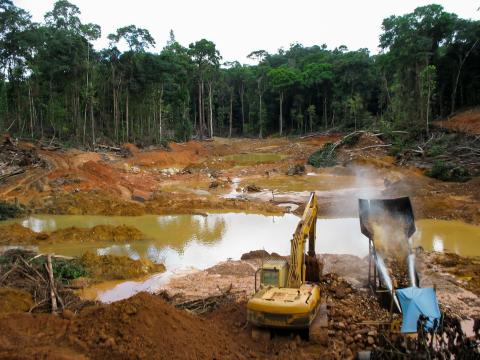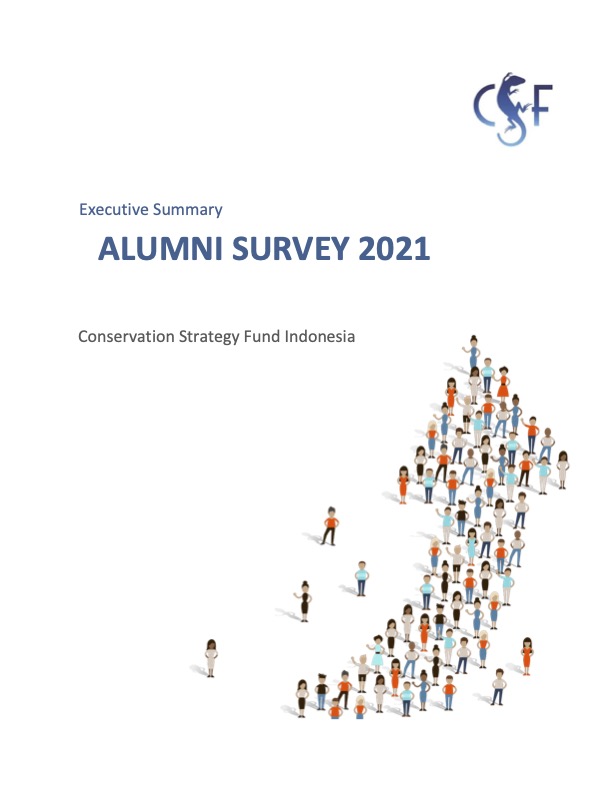Aah Ahmad Almulqu
Ahmad is a lecturer at Forestry Department in Kupang State Agricultural Polytechnic, East Nusa Tenggara, Indonesia. His research is entitled “Climate change mitigation and adaptation of mangrove areas in East Nusa Tenggara (The case in islands of Timor and Flores)”. This research will assess the climate change vulnerability of coastal communities in East Nusa Tenggara and Identify the adaptation options and priorities of these communities.


